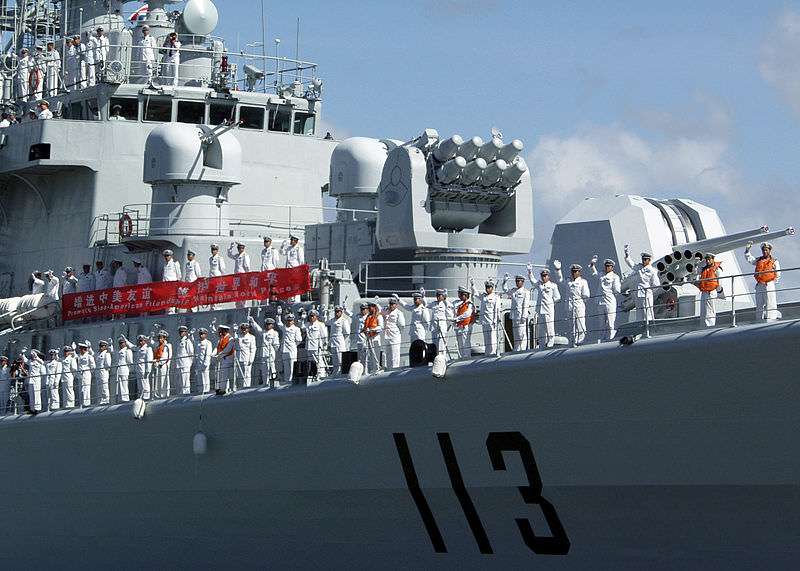Chinese Reportedly Fly First Stealth Drone

Yesterday, I wrote about a number of European nations that have formed a "drone club," which aims to develop UAVs that can compete with American and Israeli drones. In the same post I briefly mentioned the Chinese Wing Loong drone, which bears some resemblance to the American Predator drone, leading some analysts to conclude that Chinese espionage may have played a role in its development.
Today, there is more drone news. According to Chinese state media, the Chinese flew a stealth drone for the first time yesterday, the latest example of Chinese military development, which U.S. officials believe is changing the security situation in the Pacific. The most recent annual report from the U.S.-China Economic and Security Review Commission (USCC), released on Wednesday, says the following (PLA stands for "People's Liberation Army"):
PLA modernization is altering the security balance in the Asia Pacific, challenging decades of U.S. military preeminence in the region.
The U.S. is understandably wary of recent Chinese military developments, especially given American military presence and diplomatic obligations in Asia and the Pacific. The USCC report highlighted the Hongzha-6K bomber, which the Chinese air force received in June, that is capable of carrying nuclear warheads and of reaching Guam.
From the USCC report (LACM stands for "land attack cruise missiles"):
In June 2013, the PLA Air Force began to receive new Hongzha- 6K (H–6K) bomber aircraft. The H–6K has an extended range and can carry China's new long-range LACM. The bomber/LACM weapon system provides the PLA Air Force with the ability to conduct conventional strikes against regional targets throughout the Western Pacific, including U.S. facilities in Guam. Although the H–6K airframe could be modified to carry a nuclear-tipped air-launched LACM, and China's LACMs likely have the ability to carry a nuclear warhead, there is no evidence to confirm China is deploying nuclear warheads on any of its air-launched LACMs.

The ongoing dispute between China and U.S. ally Japan over uninhabited islands puts the U.S. in an awkward position. Last year, I wrote on how Hugh White, professor of strategic studies at the Australian National University, believes the U.S. could get dragged into whatever conflict that could result from this territorial conflict escalating.
Last month, a The New York Times wrote an article on White and the views he outlines in his book The China Choice: Why America Should Share Power. White believes that conflict between the U.S and China is a possibility if China and the U.S. continue to try and assert themselves as the dominant power in the Pacific:
If the two countries continue to compete for primacy in the Pacific, a new Cold War — or worse, an open conflict — will be the result, he says. Many American analysts agree that conflict between China and the United States is possible, maybe increasingly likely. But few buy the argument that the United States is losing ground to China and must consider a power-sharing arrangement to avoid war.
"The strategic rivalry between the United States and China is driven by their different and incompatible roles in the region," Mr. White said during a recent visit to Beijing, where he spoke to several academic groups, including a generally favorable audience organized by the Chinese Academy of Social Sciences. "The principal aim of the United States is to preserve American primacy in Asia. China conversely wants, as a minimum objective, at least an equal role with United States. Primacy for the United States, equality for China — they are inherently incompatible."
It of course remains to be seen if the far-from-ideal relationship between China and Japan will drag the U.S. into a new conflict. But if it does, China's recent military developments will ensure that the conflict will be quite different to the sort of war the U.S. has been waging since the beginning of the 21st century


Show Comments (26)